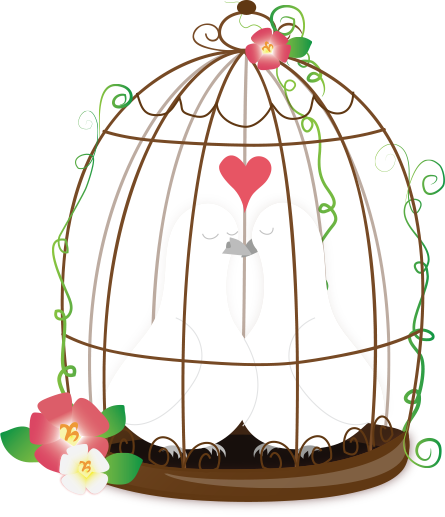Color plays a crucial role in interior design, influencing not just the aesthetic appeal of a space but also the feelings that it evokes. When we think about the best palette for our homes, we often find ourselves drawn to specific colors that align deeply with our personal taste and feelings. Whether you are a enthusiast of the simple approach found in wabi-sabi style or like the classic sophistication of mid-century modern furniture, understanding the effects of color can help you create an space that feels perfect.
Imagine stepping into a sitting area furnished with a cozy Togo seating, adjacent to an welcoming sheepskin chair, all set around a beautiful oak dining table. The interplay of colors and patterns in this setting can change a house into a cozy and hospitable space. By meticulously selecting your color choices, you can enhance cohesion and symmetry, making your area not only aesthetically pleasing but also a true reflection of your identity. Let’s investigate how to harness the influence of hue to attain the interior style of your dreams.
Grasping Shade Psychology
Color theory plays a crucial part in interior design, influencing feelings and behaviors in different spaces. Different colors elicit distinct emotions; for instance, heated hues such as crimson and tangerines can produce a comfortable and lively atmosphere, while cooler shades such as cobalt and teals are frequently calming and comforting. Comprehending these influences can assist property owners in choosing a color scheme that elevates their living environment and represents their personal style.
In wabi-sabi design, which celebrates imperfections and natural beauty, natural tones and muted shades are commonly favored. These colors encourage tranquility and awareness, encouraging a greater link with the natural world and the current time. Incorporating elements such as an oak table or a sheepskin chair in these hues helps to form a balanced balance that aligns with the principles of wabi-sabi, highlighting simplicity and authenticity.
Mid-century modern design, with its clean lines and functional style, can additionally benefit from a carefully chosen color palette. Choosing bold accents, like a bold Togo couch, paired with softer background hues can produce a energetic yet harmonious appearance. This approach enables the whimsical blending of color, making spaces feel both inviting and stylish, while still respecting the essential elements of good design.
Embracing Wabi-Sabi in Home Design
Wabi-sabi is a traditional Japanese aesthetic that celebrates the elegance found in flaws and the natural cycle of growth and decay. This philosophy can be seamlessly incorporated into interior design by focusing on organic materials and the uniqueness they bring. For instance, using a distressed oak dining table allows for a cozy, inviting atmosphere while showcasing the unique grains and patterns of the wood. This method promotes a connection to the natural world and encourages a sense of tranquility.
Another essential aspect of wabi-sabi is the incorporation of handcrafted items that showcase their uniqueness. Choosing a sheep’s wool armchair not only introduces a layer of coziness but also reflects an appreciation for craftsmanship and the authenticity of organic substances. The soft, irregular feel of the wool invites relaxation and offers a warm contrast to more rigid pieces, like a mid-century modern sofa.
To truly adopt this aesthetic, it’s crucial to cultivate spaces that facilitate for moments of pause and thought. Envision using a Togo sofa, renowned for its distinctive, casual elegance, to create a comfortable seating area. Surrounding this focal point with thoughtfully selected decor that acknowledges the flow of time, such as vintage art pieces or gently aged accessories, will elevate the overall aesthetic. This design philosophy promotes a balance between beauty and nature, creating a living space that feels both anchored and serene.
Determining the Ideal Furnishings for Your Color Scheme
Selecting the perfect furnishings is essential in enhancing the overall color scheme of your house. To develop a balanced space, consider how each piece, from a wabi-sabi decor ation to a Togo couch, matches your preferred colors. The soft lines and inviting textures of the Togo sofa can serve as a focal point, especially in muted tones that harmonize with organic features. This type of furniture facilitates a blending of colors that promotes calmness and comfort.
Integrating a variety of mid-century modern furniture can bring a unique touch while still coordinating with your color palette. Pieces such as an oak dining table can provide a welcoming, earthy foundation, highlighting the rich undertones of your walls and accessories. Equilibrium is key, and picking items with varied textures, such as a sheepskin chair, can produce visual interest without cluttering the space. This combination enriches the atmosphere, inviting a harmonious flow throughout the space.
In conclusion, reflect on how your furnishings interact with light and space. Lighter colors can make a area feel more airy, while darker tones can introduce dimension and intimacy. Using furnishings in your palette with different shades can help to create depth that enhance your design. By thoughtfully selecting items that resonate with your color choices, including textured accents and timeless designs, you will create a home that reflects your personal style while staying inviting and balanced.
